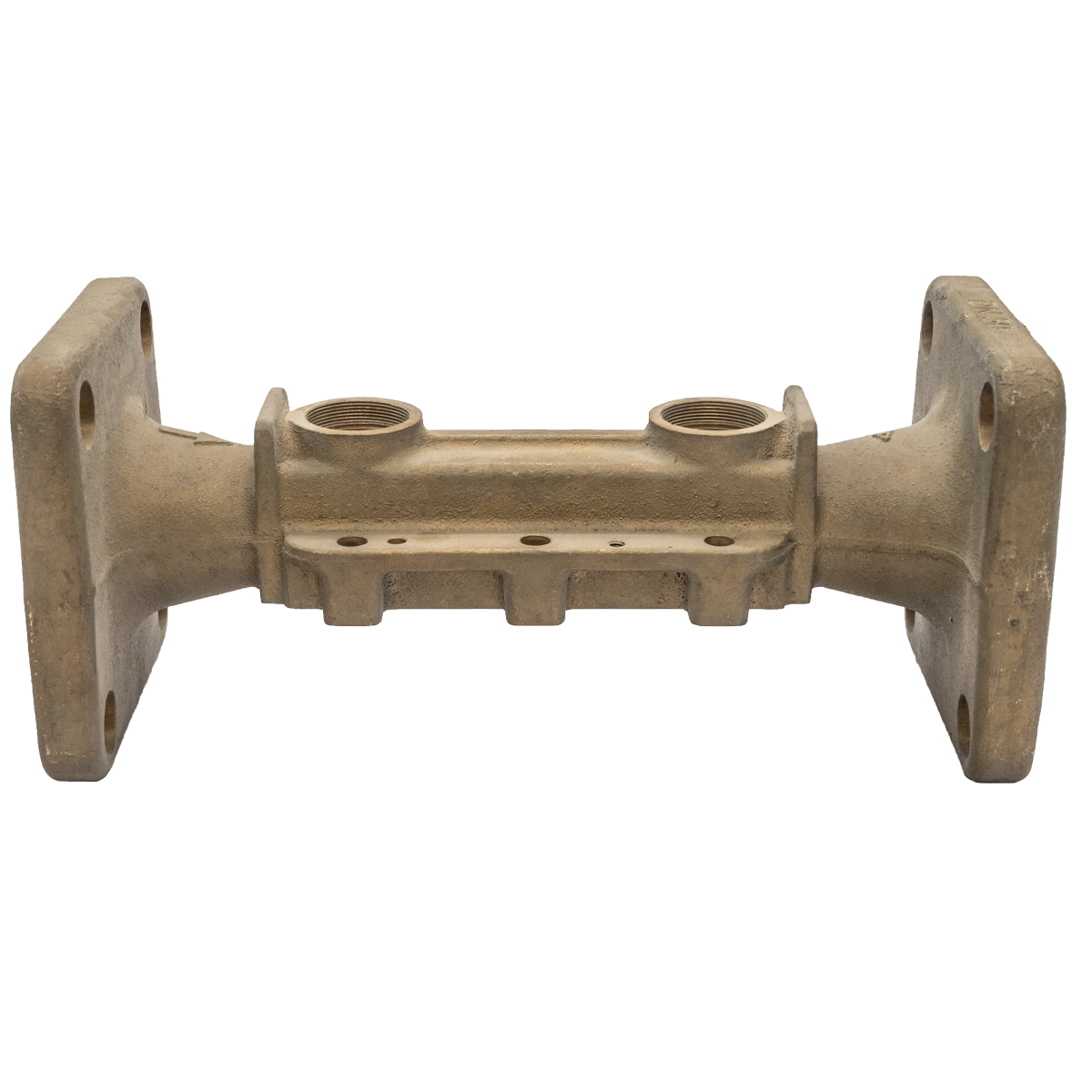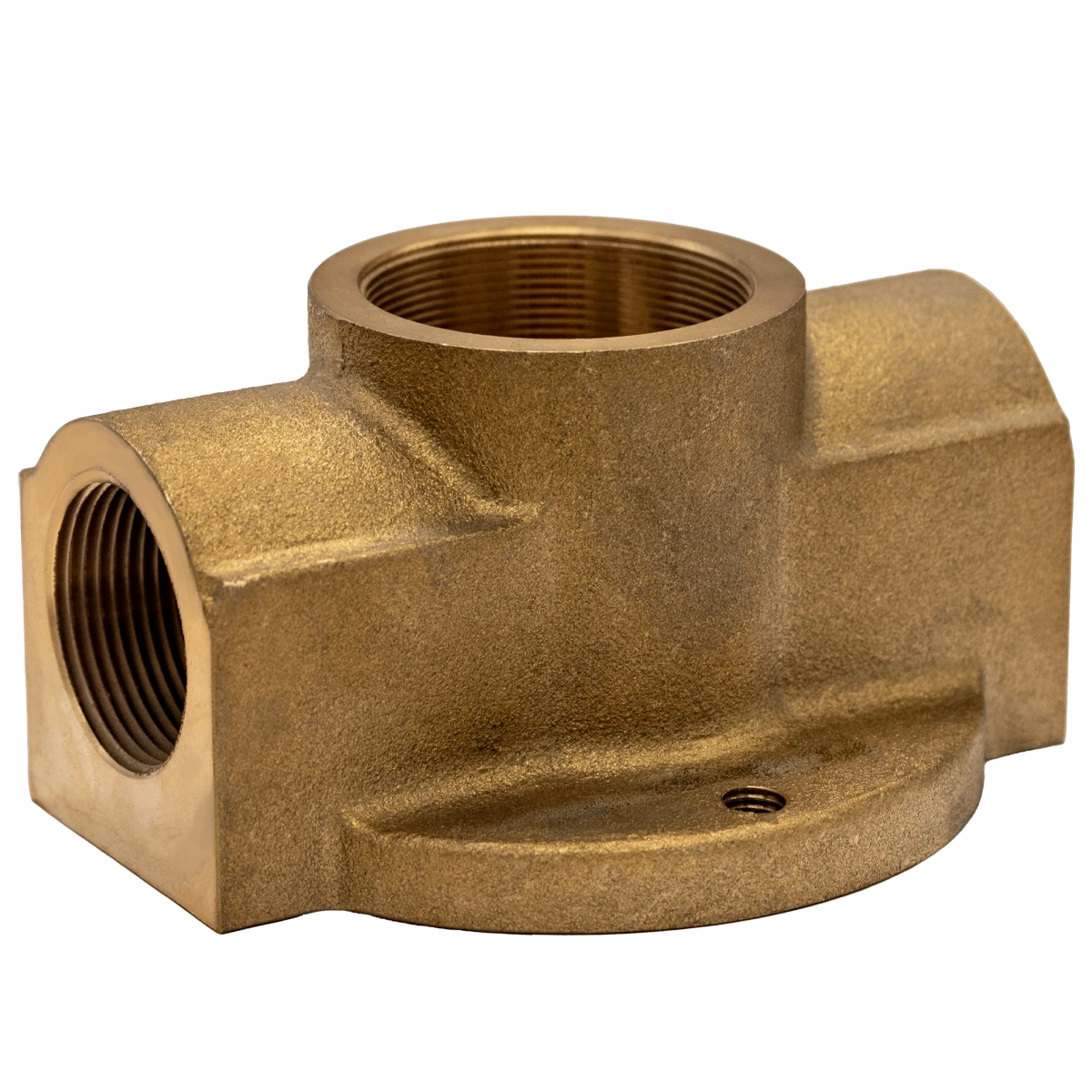Mobile:+86-311-808-126-83
Email:info@ydcastings.com
English
Precision Aluminium Metal Casting | Custom Parts & Solutions
Navigating the Landscape of Aluminium Metal Casting: Trends and Innovations
In the fiercely competitive landscape of modern manufacturing, the demand for lightweight, durable, and cost-effective components is relentlessly increasing. Among various manufacturing processes, aluminium metal casting stands out as a foundational technology, offering unparalleled versatility for producing complex geometries with excellent mechanical properties. This article delves into the intricacies of aluminium casting, exploring its core processes, technical parameters, diverse application scenarios, and the strategic advantages it offers to B2B decision-makers and technical professionals. We aim to provide a comprehensive overview, substantiated by industry data and expert insights, to illuminate why aluminium casting remains a critical enabler for innovation across sectors from automotive and aerospace to general industrial machinery.
The global market for metal castings continues to expand, driven by megatrends such as electrification, urbanization, and the push for energy efficiency. Aluminium, with its exceptional strength-to-weight ratio, high thermal and electrical conductivity, and corrosion resistance, is perfectly positioned to meet these evolving demands. From intricate engine blocks to robust pipe connectors, aluminium castings are integral to components requiring both structural integrity and operational precision. Understanding the underlying technology, material science, and quality assurance protocols is paramount for companies seeking to leverage this advanced manufacturing capability effectively.
The Versatility of Aluminium Casting Alloys and Industry Trends
Aluminium casting involves a wide array of alloys, each engineered to possess specific characteristics tailored for diverse applications. Common aluminium alloys used in casting include A356, A380, A360, 413.0, and 535.0 (Almag 35), among others. A356 is renowned for its excellent castability and heat-treatability, making it ideal for aerospace components and intricate structural parts. A380 is a workhorse, offering a good balance of mechanical properties, fluidity, and cost-effectiveness, widely used in automotive and electrical applications. The selection of the appropriate alloy is a critical step, influencing the component's ultimate performance, durability, and cost.
Current industry trends in aluminium metal casting are heavily influenced by the global imperative for sustainability and efficiency. Lightweighting, the process of reducing the weight of components, is a major driver, particularly in the automotive and aerospace industries, where it directly translates to improved fuel efficiency and reduced emissions. The adoption of advanced simulation software (e.g., solidification modeling, flow analysis) is becoming standard, enabling manufacturers to optimize mold designs, predict casting defects, and accelerate time-to-market. Furthermore, the emphasis on recycled aluminium content is increasing, supporting circular economy initiatives and reducing the environmental footprint of production.
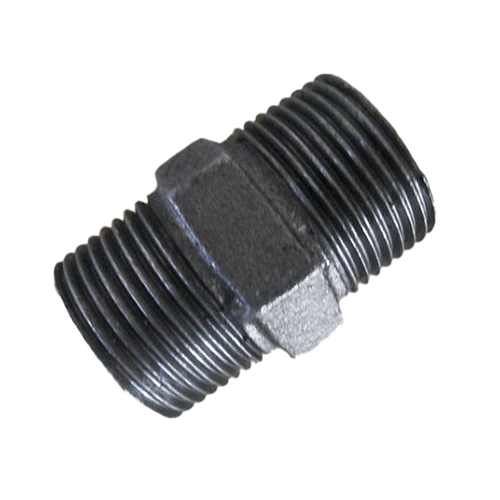
Automation and digitalization are also transforming metal castings operations. Robotic pouring, automated quality inspection systems, and real-time data analytics are enhancing precision, consistency, and overall operational efficiency. These technological advancements not only improve product quality but also ensure compliance with increasingly stringent industry standards and customer expectations.
Detailed Manufacturing Processes of Aluminium Metal Casting
The production of aluminium metal casting components involves several distinct processes, each offering specific advantages regarding cost, part complexity, surface finish, and mechanical properties. The choice of process depends heavily on the application requirements, production volume, and budget.
Sand Casting Process (Green Sand Metal Casting)
Sand casting is one of the oldest and most versatile methods for producing metal castings. It involves creating a mold from sand (typically silica sand mixed with a binding agent and water, often referred to as green sand metal casting), pouring molten aluminium into the mold cavity, allowing it to solidify, and then breaking the mold to extract the casting. This process is highly adaptable for large, complex parts and offers relatively low tooling costs, making it suitable for prototypes and low-to-medium volume production. Key steps include:
- Pattern Making: A replica of the desired part (slightly oversized to account for shrinkage) is created from wood, metal, or plastic.
- Mold Creation: The pattern is placed in a flask, and sand is packed around it to form the mold cavity. Cores (if needed for internal features) are also placed.
- Pouring: Molten aluminium, typically heated to around 700-800°C (1292-1472°F), is poured into the mold through a gating system designed to ensure proper filling and solidification.
- Solidification: The molten metal cools and solidifies within the mold.
- Shakeout: The sand mold is broken apart, and the casting is removed.
- Fettling and Finishing: Risers, gates, and flash are removed, followed by cleaning, grinding, and potential heat treatment or machining (CNC machining) to achieve final dimensions and surface finish.
While sand casting offers flexibility and cost-effectiveness, it typically yields parts with a coarser surface finish and wider dimensional tolerances compared to other casting methods. However, advancements in sand technology and mold-making techniques continually improve the quality and precision of green sand metal casting.
Die Casting Process (Aluminum Casting Die)
Die casting is a high-pressure casting method where molten metal is forced into a steel mold (die) under high pressure. This process is ideal for high-volume production of complex, thin-walled parts with excellent surface finish and tight dimensional tolerances. The longevity of the aluminum casting die allows for millions of shots before replacement. There are two main types: hot-chamber and cold-chamber die casting. For aluminium, cold-chamber die casting is predominantly used due to aluminium's high melting point and reactivity with the iron components of a hot-chamber machine. Key steps include:
- Die Preparation: The steel die is preheated, and a lubricant is sprayed onto the cavity walls to aid ejection and control temperature.
- Injection: Molten aluminium is transferred from a holding furnace into a shot chamber and then rapidly injected into the aluminum casting die cavity under high pressure (typically 1,500 to 25,000 PSI).
- Cooling: The molten metal quickly solidifies within the die, which is cooled by circulating water or oil.
- Ejection: The die halves open, and ejector pins push the solidified casting out.
- Trimming and Finishing: Excess metal (flash and gate runners) is trimmed, and secondary operations like CNC machining, surface finishing (e.g., anodizing, powder coating), and heat treatment are performed.
Die casting offers superior surface finish, dimensional accuracy, and faster production cycles, making it highly economical for mass production. However, initial tooling costs for the aluminum casting die can be substantial, and the process is typically limited to non-ferrous metals like aluminium, zinc, and magnesium.
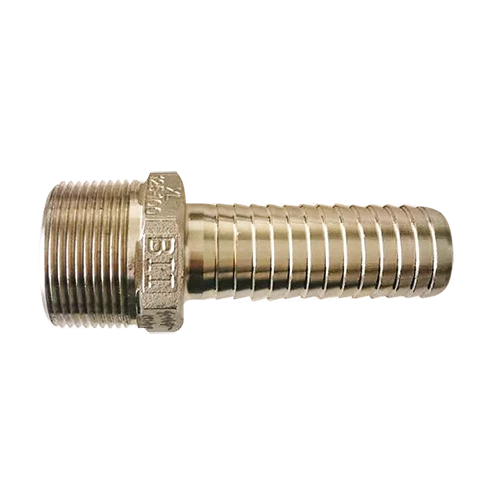
Other Metal Casting Techniques and Material Considerations
While sand and die casting are prevalent for aluminium, other methods like permanent mold casting (gravity die casting) and investment casting (lost-wax casting) are also utilized for specific applications. Permanent mold casting offers better surface finish and mechanical properties than sand casting, suitable for medium to high volumes. Investment casting excels at producing highly intricate parts with exceptional precision and surface finish, often used for demanding applications where complex geometries are critical. Furthermore, while this discussion centers on aluminium, it's important to acknowledge that other metal castings materials like iron, steel (including stainless steel casting), copper, and brass each have their unique casting processes and application niches, based on their material properties and performance requirements.
Technical Parameters and Performance Characteristics of Aluminium Castings
The performance of an aluminium metal casting component is defined by a range of technical parameters, including its mechanical properties, dimensional accuracy, surface finish, and integrity. These parameters are crucial for ensuring the part meets its functional requirements in demanding industrial environments.
Key Mechanical Properties of Common Aluminium Casting Alloys
The table below illustrates typical mechanical properties for commonly used aluminium casting alloys. These values can vary based on specific heat treatment, casting process, and section thickness.
| Alloy Type | Tensile Strength (MPa) | Yield Strength (MPa) | Elongation (%) | Hardness (Brinell HB) |
|---|---|---|---|---|
| A356-T6 | 220-250 | 160-180 | 4-8 | 70-85 |
| A380 | 310-330 | 150-170 | 1.5-3.5 | 80-90 |
| A360 | 300-320 | 140-160 | 2.0-3.0 | 75-85 |
| 413.0 | 200-220 | 90-110 | 1.0-2.0 | 60-70 |
Beyond these core mechanical properties, other critical parameters include:
- Dimensional Tolerances: The permissible variation in dimensions. Die castings typically offer tolerances of ±0.005 inches for the first inch and ±0.002 inches for each subsequent inch, while sand castings are generally looser.
- Surface Finish: Measured in RMS (Root Mean Square) or Ra (Roughness average). Die castings can achieve 60-120 RMS, whereas sand castings might range from 200-500 RMS.
- Internal Soundness: Freedom from defects like porosity, shrinkage, or inclusions, verified through non-destructive testing (NDT) methods such as X-ray radiography, ultrasonic testing (UT), and magnetic particle inspection (MPI) or dye penetrant inspection.
- Corrosion Resistance: Aluminium's natural passive oxide layer provides inherent corrosion resistance. Further enhancements can be achieved through surface treatments like anodizing or powder coating.
- Thermal Conductivity: Aluminium's excellent thermal conductivity makes it suitable for heat sinks and components requiring efficient heat dissipation.
- Electrical Conductivity: High electrical conductivity is advantageous for electrical enclosures and connectors.
Understanding and specifying these parameters correctly is fundamental to the successful design and procurement of aluminium metal casting components, ensuring they meet the rigorous demands of industrial service.
Application Scenarios and Advantages: Focus on Pipe Connectors
The versatility and favorable properties of aluminium metal casting extend its applications across a multitude of industries. Its lightweight nature, coupled with robustness, makes it an ideal material for components where weight reduction is critical without compromising strength. Typical applicable industries include:
- Automotive: Engine blocks, transmission housings, wheel rims, structural components.
- Aerospace: Aircraft components, brackets, housings (often using high-performance A356-T6).
- Electrical and Electronics: Heat sinks, connectors, enclosures, lighting fixtures.
- Industrial Machinery: Pump housings, valve bodies, machine frames, gearboxes.
- Petrochemical and Energy: Valve components, specialized fittings, and, crucially, pipe connectors for fluid handling systems.
- Metallurgy: Components for processing equipment, molds, and tooling.
- Water Supply and Drainage: Fittings, valve bodies, and various metal castings components for water infrastructure.
- Medical: Equipment housings and precision components.
Case Study: Pipe Connector in Industrial Applications
Consider the application of aluminium metal casting in the production of pipe connectors. These critical components are used to join pipes in various fluid and gas transfer systems. When manufactured through high-pressure die casting, aluminium pipe connectors offer significant advantages:
- Superior Corrosion Resistance: Unlike steel or iron, aluminium naturally forms a protective oxide layer, making it highly resistant to rust and various corrosive agents. This is vital in petrochemical plants, wastewater treatment facilities, and maritime environments where exposure to aggressive media is common. This inherent property significantly extends the product's service life, reducing maintenance costs and downtime.
- Lightweight Design: Aluminium is approximately one-third the weight of steel. For large-scale piping systems, this translates into reduced structural load, easier installation, and lower transportation costs. This contributes to overall energy saving during installation and operation.
- Excellent Thermal Conductivity: In applications where temperature regulation is important, aluminium's high thermal conductivity can help dissipate heat more efficiently, preventing overheating or maintaining desired fluid temperatures.
- Precision and Repeatability: Die casting ensures that each pipe connector is produced with consistent dimensional accuracy and a smooth surface finish. This precision is critical for leak-free connections and reliable system performance, especially when adhering to strict standards like ANSI B16.5 for flanges and fittings.
- Cost-Effectiveness at Scale: While initial tooling for an aluminum casting die can be higher, the rapid production cycle, minimal post-casting machining, and reduced material waste make die-cast aluminium pipe connectors highly economical for high-volume manufacturing.
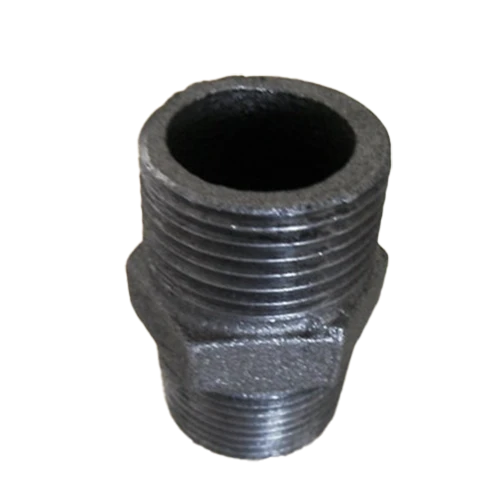
The application of aluminium metal casting for pipe connectors exemplifies how this technology delivers tangible benefits: enhanced performance, extended service life (often exceeding 20-30 years in proper conditions), reduced operational costs, and improved system reliability in demanding industrial environments.
Ensuring Quality and Reliability: Standards and Inspection
For B2B clients, especially in critical sectors like petrochemicals or aerospace, the quality and reliability of aluminium metal casting components are non-negotiable. Adherence to international standards and rigorous inspection protocols are paramount to ensure components perform as expected and maintain long service lives, typically measured in decades for high-quality castings.
Strict Adherence to International Standards
Reputable manufacturers of aluminium metal casting products, including those specializing in pipe connectors, operate under stringent quality management systems and adhere to recognized international standards:
- ISO 9001: This certification signifies a robust quality management system, ensuring consistent product quality and continuous improvement across all stages of manufacturing, from design and production to delivery and customer support.
- ANSI (American National Standards Institute) / ASME (American Society of Mechanical Engineers): For pressure-retaining components like pipe fittings and flanges, standards such as ANSI B16.5 (Pipe Flanges and Flanged Fittings) or other industry-specific ASME codes dictate design, materials, dimensions, pressure-temperature ratings, marking, and testing.
- ASTM International (American Society for Testing and Materials): Specifies standard test methods and material specifications for aluminium alloys (e.g., ASTM B85 for aluminium-alloy die castings, ASTM B26 for aluminium-alloy sand castings), ensuring metallurgical composition and mechanical properties meet designated criteria.
- Material Traceability: Full traceability of raw materials and manufacturing batches is essential, often compliant with standards like EN 10204 for inspection documents, ensuring that material composition and properties can be verified at any stage.
- RoHS & REACH Compliance: For electronic and certain industrial applications, compliance with regulations regarding hazardous substances (RoHS) and chemical registration, evaluation, authorization, and restriction (REACH) is critical.
Comprehensive Inspection and Testing Regimes
Beyond adherence to standards, a multi-faceted approach to inspection and testing ensures the integrity and performance of aluminium metal casting components:
- Dimensional Inspection: Using CMM (Coordinate Measuring Machine), gauges, and calipers to verify adherence to specified tolerances.
- Visual Inspection: Checking for surface defects like cracks, cold shuts, or significant flash.
- Non-Destructive Testing (NDT):
- X-ray Radiography: Detects internal defects such as porosity, shrinkage, and inclusions.
- Ultrasonic Testing (UT): Identifies subsurface flaws and measures wall thickness.
- Dye Penetrant Inspection (DPI): Reveals surface-breaking discontinuities.
- Eddy Current Testing: Detects surface and near-surface defects and can verify material properties.
- Mechanical Property Testing: Tensile testing, yield strength testing, elongation, and hardness testing (e.g., Brinell, Rockwell) to confirm material properties.
- Pressure Testing: For pressure-retaining components like pipe connectors, hydrostatic or pneumatic testing verifies leak integrity at specified pressures.
- Spectrographic Analysis: Confirms the precise chemical composition of the alloy to ensure it meets material specifications.
This rigorous quality control pipeline from raw material input to final product dispatch ensures that every aluminium metal casting delivered is of the highest standard, offering the reliability and longevity expected by industrial clients.
Strategic Partnering: Manufacturer Selection and Custom Solutions
Choosing the right manufacturing partner for aluminium metal casting is a critical strategic decision for B2B enterprises. It extends beyond mere price considerations to encompass quality assurance, technical expertise, production capacity, logistical efficiency, and a commitment to long-term partnership. A reliable manufacturer acts as an extension of your R&D and production capabilities, ensuring seamless integration and superior product outcomes.
Manufacturer Comparison Table: Key Selection Criteria
When evaluating potential suppliers for aluminium metal casting, consider the following key criteria:
| Criteria | Typical Manufacturer A (Standard) | YD Castings (Advanced/Specialized) |
|---|---|---|
| Core Competency | General metal castings, limited material range. | Specialized in precision aluminium metal casting, including high-pressure aluminum casting die and complex sand casting. |
| Certifications | Basic ISO 9001 (possibly). | ISO 9001, compliance with ASTM, ANSI/ASME, full material traceability, often AS9100 for aerospace. |
| Engineering Support | Limited design for manufacturability (DFM) feedback. | Extensive DFM, CAE (Casting Simulation), rapid prototyping, and material selection expertise. |
| Quality Control | Standard visual and dimensional checks. | Comprehensive in-house NDT (X-ray, UT, DPI), CMM inspection, full mechanical property testing. |
| Customization & Finishing | Basic machining, limited surface finishes. | Advanced CNC machining, heat treatment, wide range of surface finishes (anodizing, powder coating, polishing). Full assembly capabilities. |
| Lead Times & Supply Chain | Variable, less transparency. | Optimized production, transparent scheduling, robust global logistics, buffer stock options. |
| Service & Support | Transactional. | Dedicated project management, responsive after-sales support, long-term partnership focus. |
Tailored Aluminium Metal Casting Solutions
Leading manufacturers understand that off-the-shelf solutions rarely suffice for complex industrial challenges. They offer comprehensive custom aluminium metal casting solutions, guiding clients through every phase of the project:
- Design Consultation: Collaborative design reviews, leveraging DFM (Design for Manufacturability) principles to optimize part geometry for casting, reduce material usage, and enhance performance. This includes expertise in minimizing porosity, ensuring proper filling in complex aluminum casting die designs, and planning for post-casting processes.
- Prototyping: Rapid prototyping options (e.g., 3D printed molds for sand casting, or low-volume runs) to validate designs and test functionality before committing to high-volume tooling.
- Material Selection: Expert advice on selecting the most appropriate aluminium alloy and heat treatment for specific application requirements, balancing performance, cost, and manufacturability.
- Secondary Operations: Integration of critical secondary processes such as precision CNC machining for tight tolerances, various heat treatments (T4, T5, T6) to enhance mechanical properties, and a wide array of surface finishing options (anodizing, powder coating, painting, shot blasting) for improved aesthetics, corrosion resistance, or wear resistance.
- Assembly and Logistics: Offering partial or full assembly services and managing global logistics to ensure on-time delivery to various operational sites.
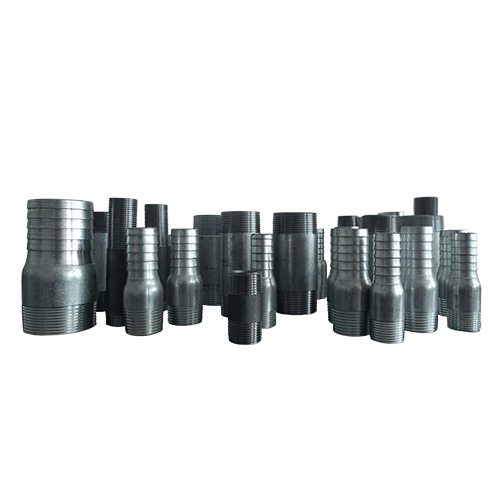
By partnering with a manufacturer offering this level of comprehensive support and expertise in aluminium metal casting, businesses can significantly de-risk their projects, accelerate product development cycles, and gain a competitive edge in their respective markets.
Client Success Stories and Testimonials (Experience)
The true measure of a manufacturer's capability in aluminium metal casting lies in the tangible successes of its clients. While specific client names remain confidential, recurring themes emerge from successful partnerships:
- Reduced Assembly Time for an Automotive OEM: A major automotive manufacturer sought to lightweight a critical structural component. By working with an expert in aluminium metal casting, they transitioned from a multi-part welded assembly to a single, complex die-cast aluminium component. This not only reduced the component's weight by 30% but also cut assembly time by 40%, leading to significant production cost savings and improved vehicle performance. The precision of the aluminum casting die ensured perfect fitment.
- Enhanced Durability in Petrochemical Infrastructure: A leading energy company faced recurrent corrosion issues with their existing steel pipe connectors in highly corrosive environments. Collaborating with an advanced aluminium metal casting supplier, they implemented custom-designed aluminium alloy connectors with specialized surface treatments. This change dramatically extended the service life of their piping systems from 5 years to over 20 years, minimizing costly shutdowns and maintenance.
- Accelerated Product Launch for a Robotics Company: A startup developing industrial robotics required intricate, lightweight housings with precise internal channels for wiring and cooling. Leveraging the casting simulation and rapid prototyping capabilities, the aluminium metal casting partner delivered functional prototypes within weeks, allowing the robotics company to iterate quickly and bring their innovative product to market ahead of schedule. The final production parts achieved the strict dimensional tolerances needed for robotic accuracy.
- Sustainable Solutions for a Consumer Electronics Brand: Faced with sustainability targets, a global electronics brand sought to incorporate more recycled content into their products. An aluminium metal casting partner successfully developed a process to utilize a high percentage of post-consumer recycled aluminium in their enclosures without compromising structural integrity or aesthetic finish, helping the brand meet its environmental commitments while maintaining competitive costs.
These examples underscore the tangible benefits derived from partnering with a knowledgeable and experienced aluminium metal casting provider, demonstrating real-world applications and positive outcomes for diverse industrial clients.
Trustworthiness and Customer Support
Frequently Asked Questions (FAQ) about Aluminium Metal Casting
- Q1: What is the typical lead time for custom aluminium metal casting components?
- A1: Lead times vary significantly based on complexity, chosen casting process, and tooling requirements. For new projects, tooling for die casting can take 8-12 weeks, followed by 3-4 weeks for initial samples. Production runs typically range from 2-6 weeks depending on volume. Sand casting generally has shorter tooling times (2-4 weeks) but longer per-piece production times. We provide precise timelines upon project review.
- Q2: Can aluminium metal casting components be heat treated for improved strength?
- A2: Yes, many aluminium casting alloys, especially those with silicon and magnesium (like A356), are highly amenable to heat treatment (e.g., T4, T5, T6 tempers). Heat treatment processes involve solutionizing, quenching, and artificial aging to significantly enhance mechanical properties such as tensile strength, yield strength, and hardness, tailoring the material to specific performance needs.
- Q3: What are the main differences between aluminum casting die and green sand metal casting?
- A3: Aluminum casting die (die casting) uses reusable steel molds, high pressure, and offers excellent surface finish, tight tolerances, and high production rates, ideal for large volumes. Green sand metal casting uses expendable sand molds, is more flexible for complex geometries and larger parts, has lower tooling costs, and is suited for prototyping and low-to-medium volumes, but yields a coarser finish and wider tolerances.
- Q4: How do you ensure the quality of aluminium metal casting products?
- A4: Our quality assurance process is comprehensive, starting with material incoming inspection (spectrographic analysis), in-process checks, and rigorous final inspection. This includes dimensional verification (CMM), visual inspection, and non-destructive testing (X-ray, UT, DPI) as per client requirements and industry standards (ISO 9001, ASTM). We provide full material traceability and inspection reports.
- Q5: What kind of warranty or after-sales support do you offer for your metal castings?
- A5: We stand behind the quality of our products with a comprehensive warranty against manufacturing defects. Our dedicated customer support team provides prompt assistance for any technical queries, reorder management, or field support, ensuring long-term reliability and client satisfaction. Specific warranty terms are provided with each quotation and contract.
Delivery Timelines and Quality Assurance
At YD Castings, we recognize that timely delivery and consistent quality are paramount for our B2B partners. Our production planning is optimized for efficiency and transparency, providing clear delivery schedules and proactively communicating any potential adjustments. We offer various logistical solutions, including express shipping for urgent needs and consolidated shipments for larger orders, ensuring that your aluminium metal casting components arrive when and where you need them. Our commitment to quality assurance is unwavering, backed by an ISO 9001 certified quality management system and continuous process improvement initiatives.
Dedicated Customer Support
Our customer support extends beyond mere transactions. We assign dedicated project managers who serve as single points of contact, ensuring seamless communication and proactive problem-solving throughout the project lifecycle. From initial design consultation and quoting to post-delivery technical support, our team of experienced engineers and customer service professionals is committed to providing expert guidance and responsive assistance. This holistic approach builds enduring trust and fosters long-term, mutually beneficial partnerships in the field of aluminium metal casting.
Conclusion: The Enduring Importance of Aluminium Metal Casting
In an industrial landscape constantly seeking efficiency, sustainability, and performance, aluminium metal casting remains an indispensable manufacturing process. Its ability to produce lightweight, strong, and intricate components, coupled with ongoing advancements in alloy development and process technologies, ensures its continued relevance across diverse sectors. From optimizing critical components like pipe connectors for demanding environments to enabling the next generation of electric vehicles and smart technologies, aluminium castings are at the forefront of innovation.
For B2B decision-makers, choosing an aluminium metal casting partner that embodies expertise, experience, authority, and trustworthiness is crucial. Such a partner not only delivers high-quality components but also provides invaluable engineering support, custom solutions, and unwavering commitment to client success. As industries continue to evolve, the strategic application of advanced metal castings, particularly in aluminium, will be key to unlocking new possibilities and driving sustainable growth.
References
- ASM Handbook, Volume 15: Casting. ASM International, 2008.
- Campbell, J. (2003). Castings Practice: The Ten Rules of Castings. Butterworth-Heinemann.
- Kalpakjian, S., & Schmid, S. R. (2014). Manufacturing Engineering and Technology. Pearson.
- Miller, W. S., et al. (2000). Recent Development in Aluminium Alloys for the Automotive Industry. Materials Science and Engineering: A, 280(1), 1-19.
- The Aluminum Association. Standards and Data, Aluminum Castings and Ingot.
-
Materials Used in Manufacturing Cap End Pipe FittingsNewsNov.24,2025
-
Material Properties of CF8M CastingNewsNov.24,2025
-
How to Inspect Pump Cap Ends for DamageNewsNov.21,2025
-
Backward Curved Impeller – Efficient Airflow Solutions for Industry | YD CastingsNewsNov.21,2025
-
Automobile Water Pump - Efficient, Quiet, Durable & ElectricNewsNov.21,2025
-
Impeller for Pumps – High-Efficiency, Durable, OEM-ReadyNewsNov.21,2025

